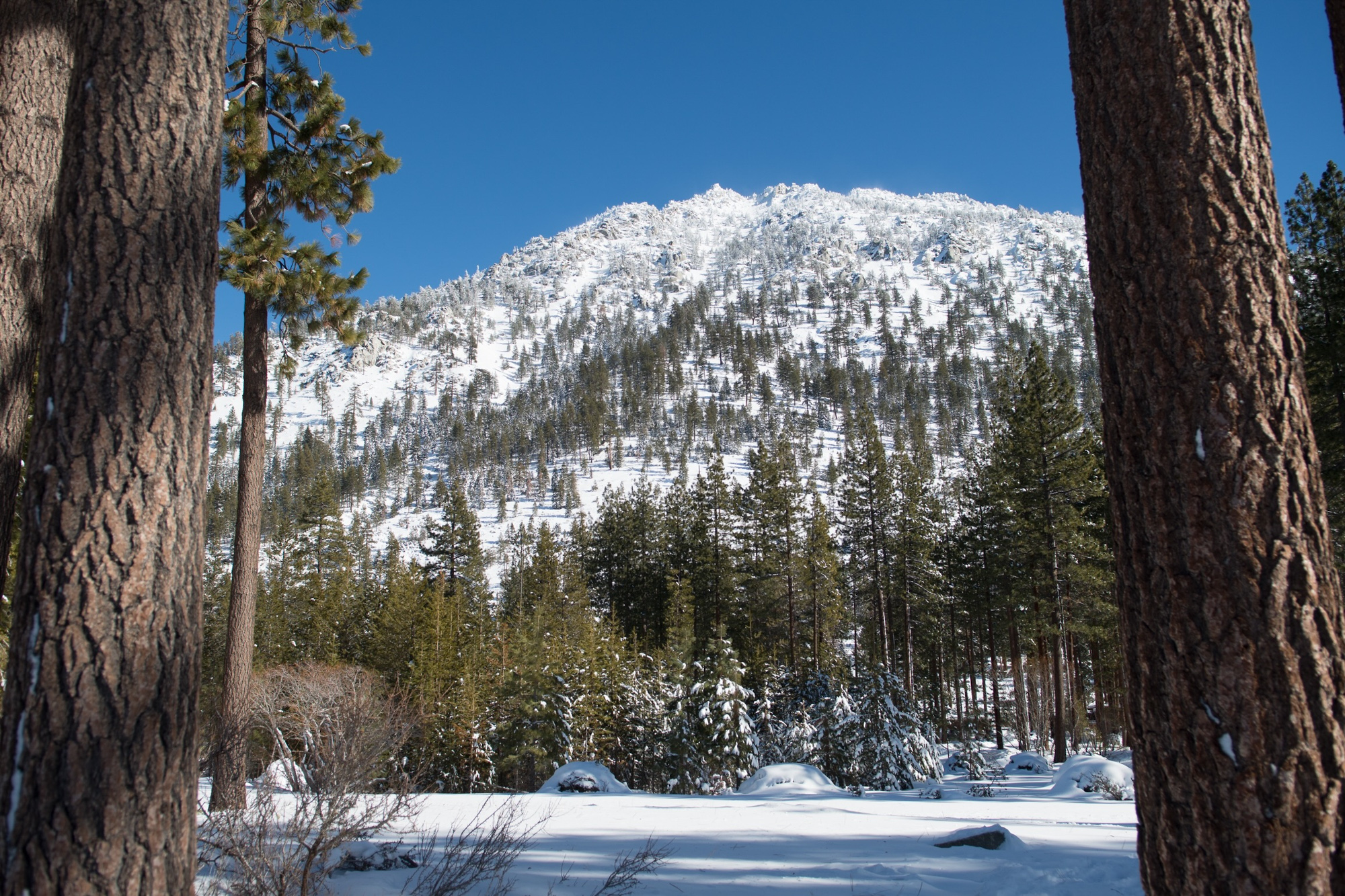It might seem hard to imagine, but there’s a connection between water supplies in Northern California’s Sacramento region and distant cities such as Las Vegas. We may be separated by deserts and mountain ranges, but these very different places could actually share water. And with a little cooperation, all of us could survive the challenges of climate change, whether it’s a shrinking Colorado River or declining Sierra Nevada snowpack.
Here’s how it could work.
Sacramento has a highly developed groundwater basin underlying its urban core and the American and Sacramento rivers, and there’s plenty of room in that aquifer to store more water.
In wet winters the aquifer can be filled with surplus flow from the two rivers, like adding money to an underground bank account. In fact, it is called the Sacramento Regional Water Bank. Then, in drought years when the Sierra Nevada snowpack shrinks, that groundwater can be reliably pumped out to avoid straining depleted rivers. This is vital to protecting native salmon and steelhead that rely on the rivers.
By using less water from the rivers during drought times, more water becomes available to the environment or another beneficial use downstream after local needs are met. Using California’s existing canal system, this water can be offered for one-time use to cities in Southern California, which could then reduce diversions from the Colorado River. This, in turn, frees up more Colorado River water for others, including Las Vegas.
Sacramento-area water providers have been banking groundwater for the past two decades, and it works. Even during the ongoing megadrought in the Western United States, the region managed to capture more water in a way that’s also good for the environment.
There’s tremendous capacity to expand the water bank, which is great, because California needs more water storage. The region’s biggest reservoir (Folsom) fills up and empties three times in a typical year. That’s a lot of water. But there aren’t enough good locations for dams left in the state to build more surface reservoirs. Instead, the focus needs to be put on future investment on groundwater reservoirs.
Local entities are already investing to make the groundwater system more effective, but they could do it on a larger scale and faster. What would it take? Matching funds from those who see the promise and potential for the water bank: federal and state infrastructure grant programs or even new partners located far away from the region.
People sometimes think there won’t be enough water in the West to go around because of climate change. That’s not necessarily true. The water can be available, but it is predicted to come more as rain rather than snow and in shorter, more intense storms. We need to be ready to adapt to these changes.
Instead of mostly relying on dams as we have in the past, we should focus on capturing water in underground aquifers, a strategy inspired by nature. These aquifers have an enormous amount of empty space. The California Department of Water Resources estimates the state’s groundwater aquifers can hold 850 million to 1.3 billion acre-feet of water. That’s extraordinary compared to the approximately 50 million acre-feet held by all existing surface reservoirs in the state.
We must change when and how we capture water. Linking this natural water management approach with major cities in the West is possible and already in progress. Additionally, we should shift our investment strategy to make groundwater storage a primary focus, with costs and benefits distributed more widely.
Water supplies in the West are connected in ways we often fail to see. Through collaboration that transcends traditional boundaries, we can ensure a reliable water supply for all.
Jim Peifer is executive director of the Sacramento Regional Water Authority and the Sacramento Groundwater Authority, representing water providers serving 2.2 million people in the Sacramento region of Northern California.
The Nevada Independent welcomes informed, cogent rebuttals to opinion pieces such as this. Send them to [email protected].

